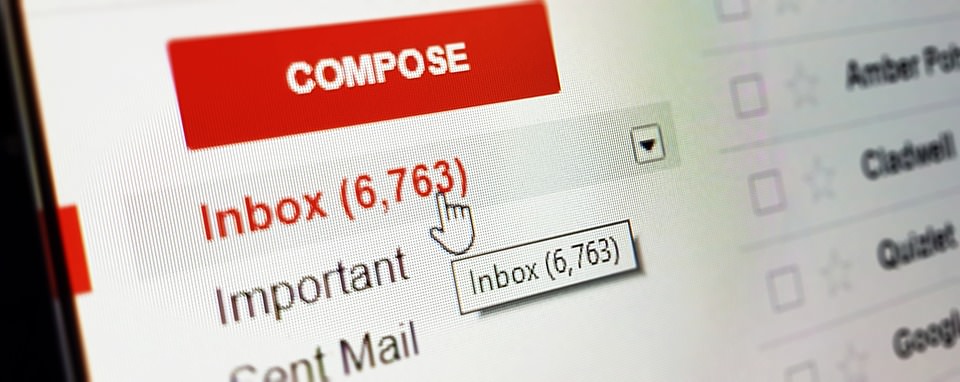An extra life, that’s what Google seems to have found for one of its key pieces, Gmail. The giant has announced by means of an entry in the corporate blog the incorporation of the AMP technology (Accelerated Mobile Pages) that will surely be familiar to you for having run into a link in the search engine accompanied by these acronyms.
Thanks to this technology, the loading of the pages from devices is practically immediate and with a much lower data consumption, with which the reading rates soar (Google argues that the vast majority of links are downloaded completely in less than one second). Well, AMP now reaches Gmail, although its main advantage will not be speed, but interaction.
As explained by Californians in the company’s blog, this technology allows users to optimize the user experience in one of the services in which users spend more time: email. What is AMP for email and how will the user benefit? We are very used to receiving emails with commercial content (whether newsletters or promotions) in which the hook is a link; well, this hyperlink, to date, forced the system to open a new page in the browser, or in other words, to leave the program or mail tab. In that process Google knew that many users were lost, that by hurry or laziness they avoided pressing that link. Is there a way to make things easier and make sure that no one omits the content for this reason?
AMP for Gmail promises to be the ideal solution since the content will stop being static and the user will be able to relate to the content without leaving the message. Think, for example, of closing a meeting, or of booking a trip without having to go crazy inside the browser.
In this regard, Google has expressly mentioned one of the companies that could benefit the most from this technology: Booking. Thanks to it, the hotel reservation giant will be able to ensure that the recipients of their offers can close a reservation without leaving the message.
Pinterest will be another of the services that can benefit most from AMP, since the user can navigate within the content without leaving the message and can even save the ‘pins’ that they want without opening the browser. The technology is now available for developers to create their own content and will arrive at the Gmails of the globe later this year.
But Google is not going to stay here with this technology, but already works in a ‘Stories of AMP‘ (something similar to Instagram Stories) within its ‘Mobile First’ strategy ((first on mobile devices) by which it would be presented to the user after making a search from the mobile device a much richer and more elaborate content than the one presented to date by the search engine.
